Telehealth isn’t ‘done’ yet
Because of the expansion of telehealth, there seems to be an assumption that it's 'done'. The American Medical Association study noted that 80% of physicians used some sort of telehealth. That's great news but it doesn't mean that all physicians are using it to its highest capability.
For example, adoption rates vary by specialty and location. For example, primary care physicians and those in rural areas are more likely to use it. There's confusion on figuring out the right platform, clinical protocols and how to deliver care.
I still get reach outs from those looking to figure out the basics. Here are five basic things to start with:
1) Have clear goals and a diverse team. There are various people who are going to be using the platform, those who will ensure compliance and those working in tech. Get them all engaged early to figure out the best way to start.
2) Find or utilize a reliable and user-friendly telehealth platform for both clinician and patient. Also a secure one - the provisions for using Zoom etc will not be around forever. Plus, privacy has become a hot button issue for all TH companies.
3) Train clinicians and staff on telehealth bestpractices. Not just on the tech but actual remote care delivery including fostering human connection and physical exam. I have created a number of courses on this for anyone who needs the help.
4) Figure out what the patient needs throughout the process. It should be clear and concise, even for those who are not 'tech-savvy'. Patients also need to be engaged and feel like they can get all their questions and concerns answered. (Also why clinicians getting trained on digital empathy is key).
5) Telehealth relies heavily on a strong internet connection with sufficient bandwidth to support video conferencing and other telehealth activities. It is rate limiting if one side doesn't have this.
The good news is that telehealth has become a mainstream mode of healthcare delivery in the United States, with a large majority of physicians now offering telehealth services to their patients. There is still some work to be done and clinicians to get onboard. Ignoring that will ensure that we don't make as much headway as we can
